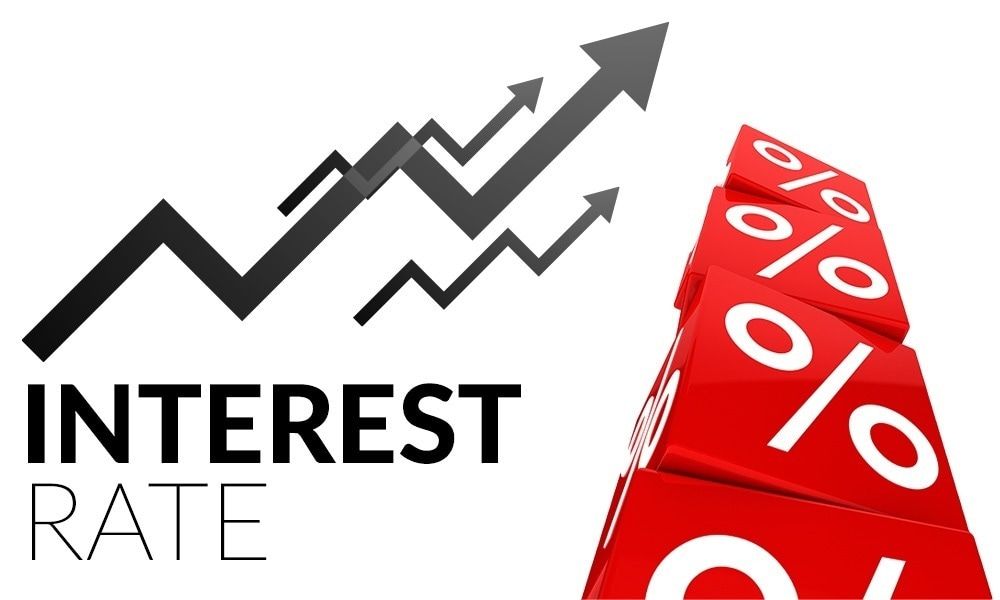FXOpen

There are high hopes for the year ahead, especially given that 2023 was mostly a period in which rebuilding Western economies was steady and relatively progressive within the financial markets.
Britain slowly moved forward, away from the cost of living crisis, double figure inflation and government-enforced lockdowns that dogged the early part of this decade, with 2023 having been a gradual move upwards for the British economy, in which inflation became more palatable, and in which it avoided any of the toxicity from some of the high profile bank demises in the United States during last year.
Similarly, the United States economy has been getting itself very much back on track, with inflation now well under control and productivity reasonably high. Despite the collapse of some major banks, which brought memories of the 2008/2009 banking catastrophe back to the forefront of many minds, the US continued steadily and calmly with a strong Dollar and good overall figures.
Even the tech stocks are now back to a good level of trading volatility and out of the doldrums, leading US investors to be back to positivity.
There has been a lot of discussion and speculation regarding the potential monetary policy on both sides of the Atlantic for 2024. Will the central bankers begin to stop increasing interest rates? Will they pursue quantitative easing policies?
One school of thought centres around quantitative easing, which is a monetary policy strategy used by central banks in which they purchase securities in an attempt to reduce interest rates, increase the supply of money and drive more lending to consumers and businesses.
There has been some dialogue that assumes the position that quantitative easing during the period directly after lockdowns actually encouraged higher levels of inflation than had banks used conventional money instead.
London-based Economist Tomasz Wieladek conducted a report which was released today in which he considers some of the metrics studied in the report to suggest that the impact of quantitative easing on inflation is more pronounced compared to conventional monetary policy. This discovery carries significant implications for discussions surrounding the extent of conventional monetary policy adjustments needed to revert lockdown-induced inflation, originating from quantitative easing, back to the target levels.
Whilst Mr Wieladek considers that these findings may be specific to his report and has cited previous studies by economists and analysts that show this method to be similar in its effect to standard monetary policy, he maintains that the report provides systematic evidence supporting the notion that quantitative easing exerts a more significant impact on inflation compared to conventional monetary policy, encompassing various countries and employing diverse QE measures.
The implications of these findings hold particular relevance in ongoing policy discussions, specifically concerning the extent of necessary tightening in conventional monetary policy to counteract inflation resulting from lockdown-era quantitative easing measures.
Studies such as this could create a degree of trepidation in the minds of investors and market participants who may look at any attempt by a central bank across Europe, Britain or the United States to use quantitative easing as a method of reducing inflation in case the opposite takes place.
In contrast, many opinions are holding out hope that the central banks will begin to reduce interest rates in 2024, giving a different outlook to that of Mr Wieladek's study. As 2023 commenced with aggressive interest rate hikes despite inflation actually having fallen, the Federal Reserve, European Central Bank, and Bank of England paused their tightening initiatives in the latter part of last year. With headline inflation receding across significant G7 industrialised nations and economic deceleration, there's mounting pressure on policymakers to contemplate reducing borrowing costs.
Some commentators are actually considering that inflation may fall even lower than central banks expect; however, due to the extremely restrictive nature of borrowing and servicing existing commitments that currently exist, it could be said that central banks could loosen the existing monetary policy without necessarily spurring sudden growth.
There are publicly available speculations that the Federal Reserve in the United States might make its first interest rate reduction in March, followed by five quarter-point cuts throughout the year. Additionally, the ECB and the BoE are being touted to reduce rates several times in 2024, with the former potentially starting in March or April and the latter in May.
In reality, the possibility of these rate cuts taking place is unknown. However, market sentiment was high at the end of 2023, with many indices and major currencies on a high note, given the potential return to normal that may take place during 2024. Those lockdowns and bailouts are now a relatively distant memory for many, and there is a keen focus on growth. The only way to see what will really happen is to keep a close eye on the market movements in the immediate future!
Trade over 50 forex markets 24 hours a day with FXOpen. Take advantage of low commissions, deep liquidity, and spreads from 0.0 pips. Open your FXOpen account now or learn more about trading forex with FXOpen.
This article represents the opinion of the Companies operating under the FXOpen brand only. It is not to be construed as an offer, solicitation, or recommendation with respect to products and services provided by the Companies operating under the FXOpen brand, nor is it to be considered financial advice.
Stay ahead of the market!
Subscribe now to our mailing list and receive the latest market news and insights delivered directly to your inbox.









